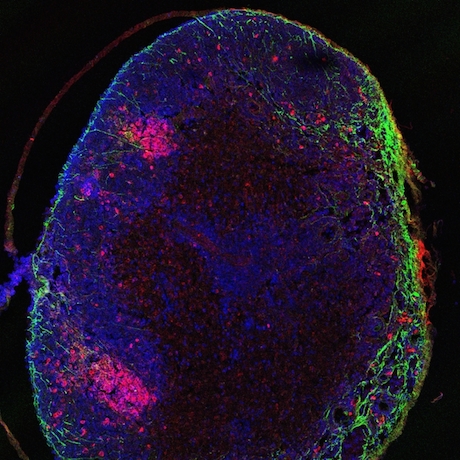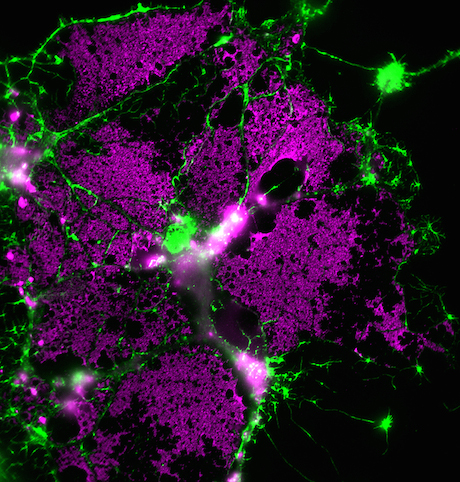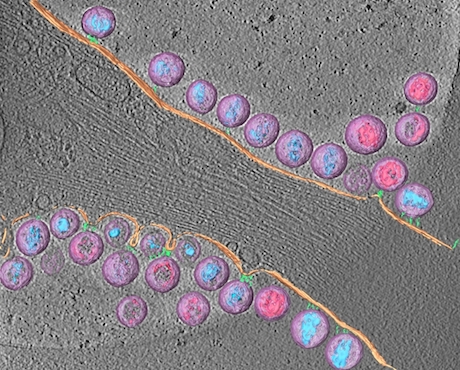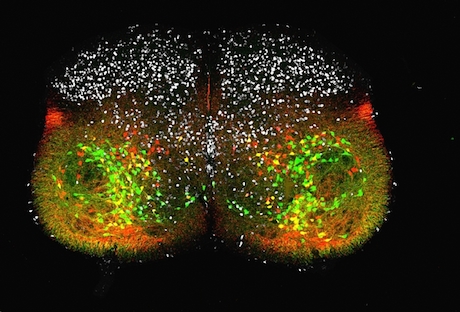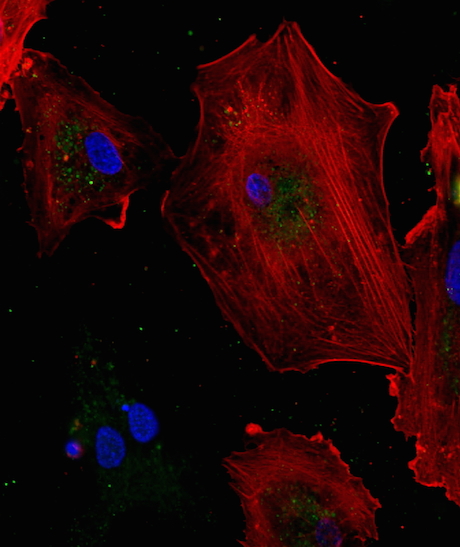Our recent news item on a Cell Reports paper from ShiQin Xiong and Wayne Alexander describes a connection between two important biological molecules: the exercise-induced transcription coactivator PGC1-alpha and the enzyme telomerase, sometimes described as a “fountain of youth” because telomeres protect the ends of chromosomes.
While the Emory researchers did not directly assess the effects of exercise in their experiments, their findings provide molecular clues to how exercise might slow the effects of aging or chronic disease in some cell types.
Xiong and Alexander found that the dietary supplement alpha lipoic acid (ALA) can stimulate telomerase, with positive effects in a mouse model of atherosclerosis. ALA is a sulfur-containing fatty acid used to treat diabetic neuropathy in Germany, and has previously been shown to combat atherosclerosis in animal models. The Emory authors’ main focus was on vascular smooth muscle cells and note that more study of ALA’s effects on other cell types is needed.
Below are four key references that may help you put the Cell Reports paper in context: Read more







